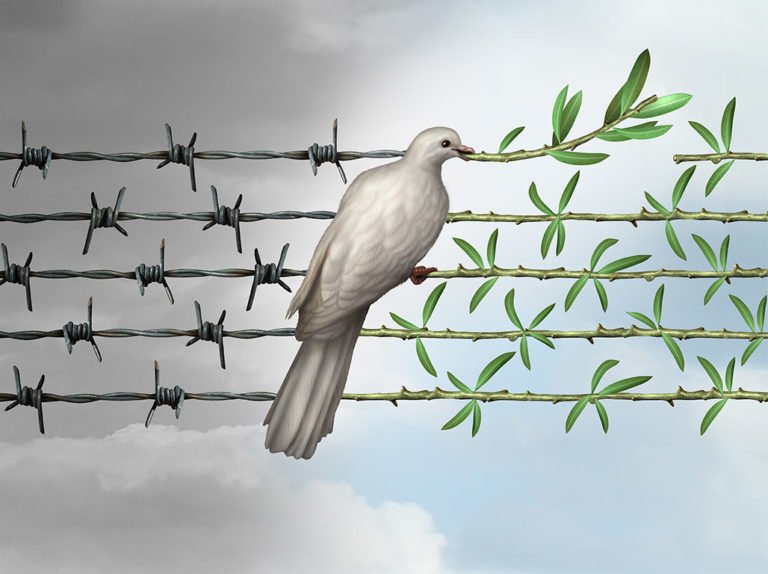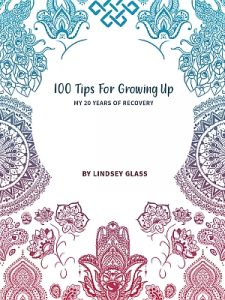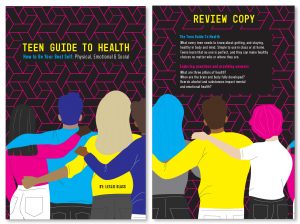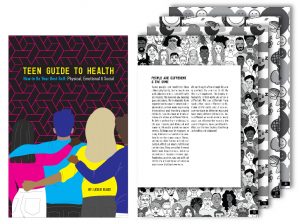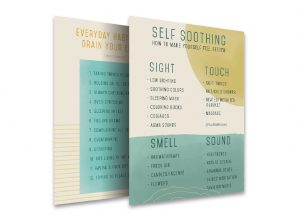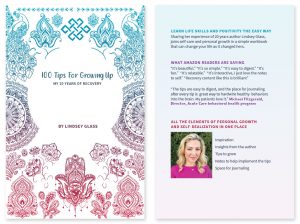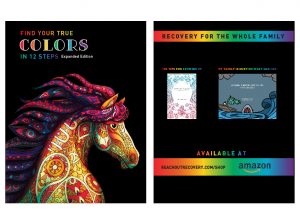The devastating effects of addiction on physical/emotional health and social functioning have been meticulously catalogued, but far less attention has been given to its toll on character and the role character reconstruction plays in the recovery process. A recent rereading of David Brook’s The Road to Character has spurred this reflection on character and addiction recovery.
All diseases have the potential to distort character—particularly in shrinking one’s world to a state of near-complete self-absorption (as observed by Samuel Johnson in 1783). But addiction is unique within the annals of medical disorders in the extremes to which one’s unique essence is distorted as the disorder progresses. By radically reordering personal priorities, addiction ultimately sacrifices all other personal commitments and aspirations to serve this higher need. It shrinks one’s world and hollows one out, leaving only this insatiable need and the painful consequences of serving it as the center of one’s self.
Addiction medicine—actually all medicine—is ill-equipped to address such pathologies of character and to fill the void once drugs are removed from the center of an addicted patient’s life. The person seeking addiction recovery is left with this same challenge: How does one escape such chemically-induced narcissism within a culture that, not just worships the self, but has itself become a “selfie culture.”
This dilemma is well-illustrated by distinctions between the terms remission and recovery. The former term is used in medicine and clinical research to depict the amelioration of addiction. In short, it says the patient once met, but no longer meets, the diagnostic criteria for a substance use disorder. Remission is further specified by duration of symptom suppression, e.g., early remission (3 months not meeting diagnostic criteria) or sustained remission (more than a year not meeting such criteria).
Remission does not necessarily mean that alcohol or other drug (AOD) use has ceased or that all related problems have disappeared, only that any remaining use or problems are now below the threshold of diagnosis. Remission eliminates or reduces AOD problems to subclinical levels but may leave the remitted patient with an overwhelming sense of emptiness and disconnection.
In contrast, the term recovery, used more frequently by those with lived experience of having survived addiction, is often used to suggest a process of change far beyond the removal of alcohol and other drugs from an otherwise unchanged life. It depicts the process of moving through and beyond remission to refill oneself, develop depth of character, and propel one towards relationships and contributions that reach beyond the self. In some recovery circles, remission without “recovery” is even castigated as a shallow level of achievement (e.g. a “dry drunk” lacking “emotional sobriety”). In such circles, remission is viewed as the temporary suppression of symptoms (a process of subtraction) where recovery is viewed as the process through which the surviving person is transformed (processes of addition and multiplication).
Remission can be an act of self-assertion; but recovery, this larger achievement of global health and functioning, often comes through an embrace of one’s limitations and transcendence of self. It involves the acceptance of one’s brokenness (discovering in Kurtz and Ketcham’s language, the spirituality of imperfection); the practice of restraint and moderation in our thoughts, feelings, and actions; and finding a purpose for one’s survival. Recovery in this view requires replacing the “I” language of alienation with the “we” language of human connection—shedding the “selfie culture” and embracing a culture of humility, tolerance, interdependence, and community. It involves, as David Brooks suggests, shifting the focus from the exclusive needs of self to needs of the world, e.g., reframing the question, “What do I want from life?” to “What does life want from me?”
Awareness of imperfection and limitation allows us, through becoming “strong in the weak places,” to use adversities of character to build depth of character. Such depth is about far more than character reconstruction as a monument to self-fulfillment; it is about character in service to the larger needs of the world. To achieve this shift, Brooks suggests the need for “redemptive assistance”—resources beyond the self. The courage to face one’s empty self and the humility to reach out to others are the first steps in seeing ourselves not as the center of the universe and instead discovering how our small story fits into a much larger story. To recognize our brokenness and to heal in this way turns adversity and suffering into a transcendent purpose or sacred calling—finding our place within the arch of history and committing ourselves to “tasks that cannot be completed in a single lifetime” (p. 264).
Such a process requires something quite different than getting “into ourselves” through therapies rife with intrapersonal self-exploration and whose aims are to increase self-knowledge, self-esteem, and self-expression. It may instead require two quite different processes: 1) cultivating self-skepticism, humility, and tolerance; and 2) getting out of ourselves, e.g. seeking resources, relationships, and service activities beyond the self. The former strategy requires recognizing our flawed nature and quieting the roar of our own ego to the extent that we can actually listen to and experience other people—what at its best Brooks calls a “ministry of presence.” The latter strategy involves transforming recovery into a heroic journey that serves a larger purpose, while maintaining distrust of self and avoiding turning even the most righteous cause into a vehicle for self-adulation.
Extreme narcissism, self-will run riot in language of Alcoholics Anonymous, is the essence of addiction regardless of whether one sees this trait as a cause or consequence of addiction, regardless of whether that entrapment in self is manifested in grandiosity and acts of exploitation or in self-hatred and self-harm. It is a paradoxical entrapment that combines self-absorption and self-inflation on the one hand with self-hatred and deteriorating self-care on the other. Escaping these Janus faces of addiction may require the shift from getting deeper into oneself to finally getting out of oneself. That journey from the abyss to the world is what builds character. That journey is the essence of recovery and what distinguishes recovery from remission. We are learning a lot about the prevalence and pathways of remission through advances in addiction research; the processes of recovery have yet to fully arrive as a subject of scientific investigation.
Many of our addiction treatments, including an expanding menu of medications, can facilitate remission; few of those treatments offer hope for the long-term process of character reconstruction to achieve recovery. Men and women seeking the latter must look to other contexts for such support.
William (“Bill”) White
Emeritus Senior Research Consultant at Chestnut Health System
Recovery Historian

